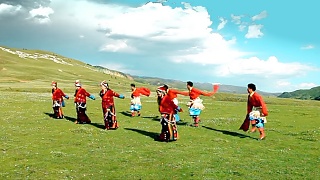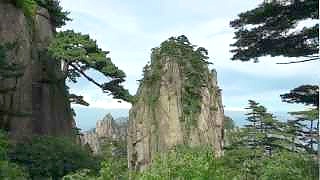 US colonialism / empire
US colonialism / empire
With Democracy At Work / Professor Wolff ...
[640],shadow=true,start=,stop=
Related Videos
Featured Videos

|
With Mark Wiens ...
|

|
The WangXian Valley scenic area in ShangRao, JiangXi, is home to gorges, peaks, giant rocks, waterfalls, and a variety of Buddhist temples.
With Walk East ...
|

|
With Fragrant Mandarin ...
|

|
Yunnan province.
In this hurried world,
Where is the dreamland?
Life is like a journey -
Where the heart is always on the way.
Every short stay marks
The beginning of the next journey ...
In the end, though, while travel is as sunshine and rain for the soul, paradise is not a far away place, but the journey itself; a change of heart, and lies within us all the time ...
|

|
In AnHui province.
|

|
The 'threat' of being a good example, that threatens the uni-polar supremacist hegemony goal of the West's elites.
While China aims to build up the world (win-win), the West wants to keep it down (to be merely plundered).
In China, the people are family; in the West, the people are livestock.
The West's mainstream media (and countless shills) churns out an endless stream of lies. Don't be fooled again !
Mind control is nothing other than controlling what you 'know'. MSM news is nothing other than mass hypnosis. It is not there to 'report', it is there to direct / shape / frame / push an agenda. It is there to fool you and get your 'consent'. It is deception / propaganda / front-line warfare.
With Jerry's Take on China ...
|
Tag search ?







 US colonialism / empire
US colonialism / empire














